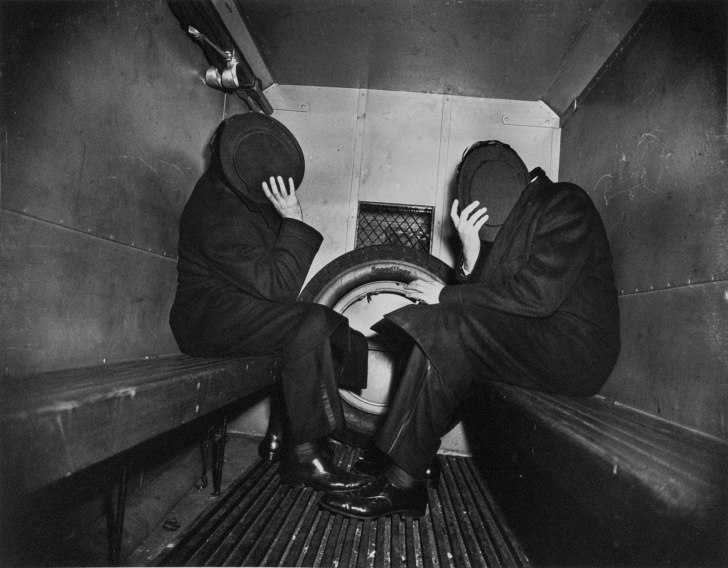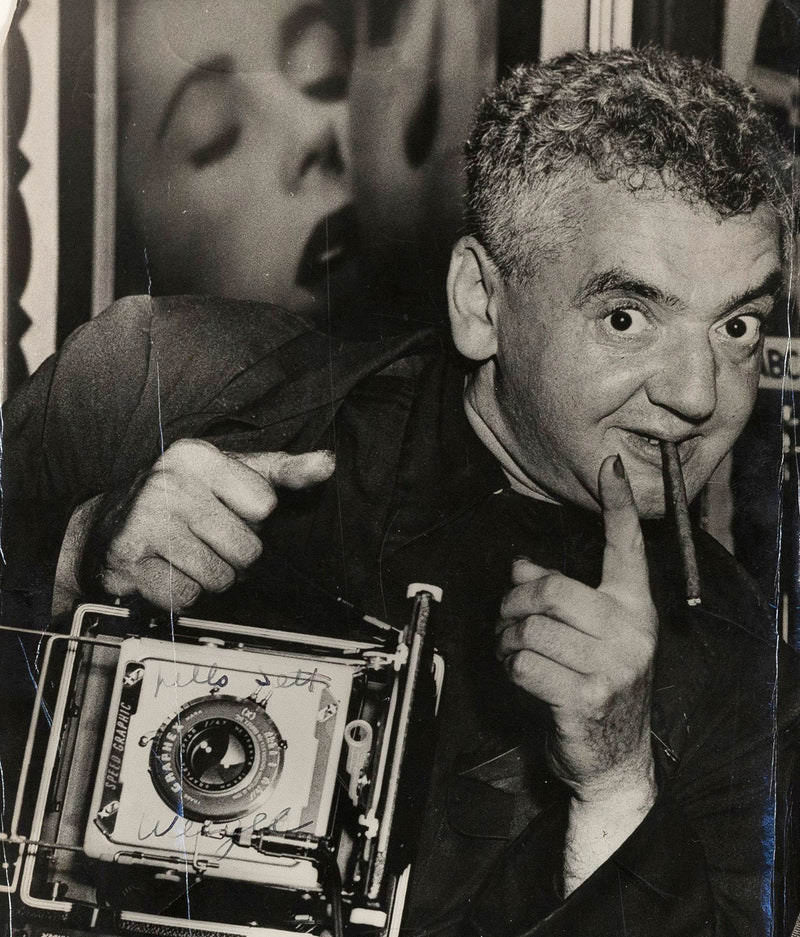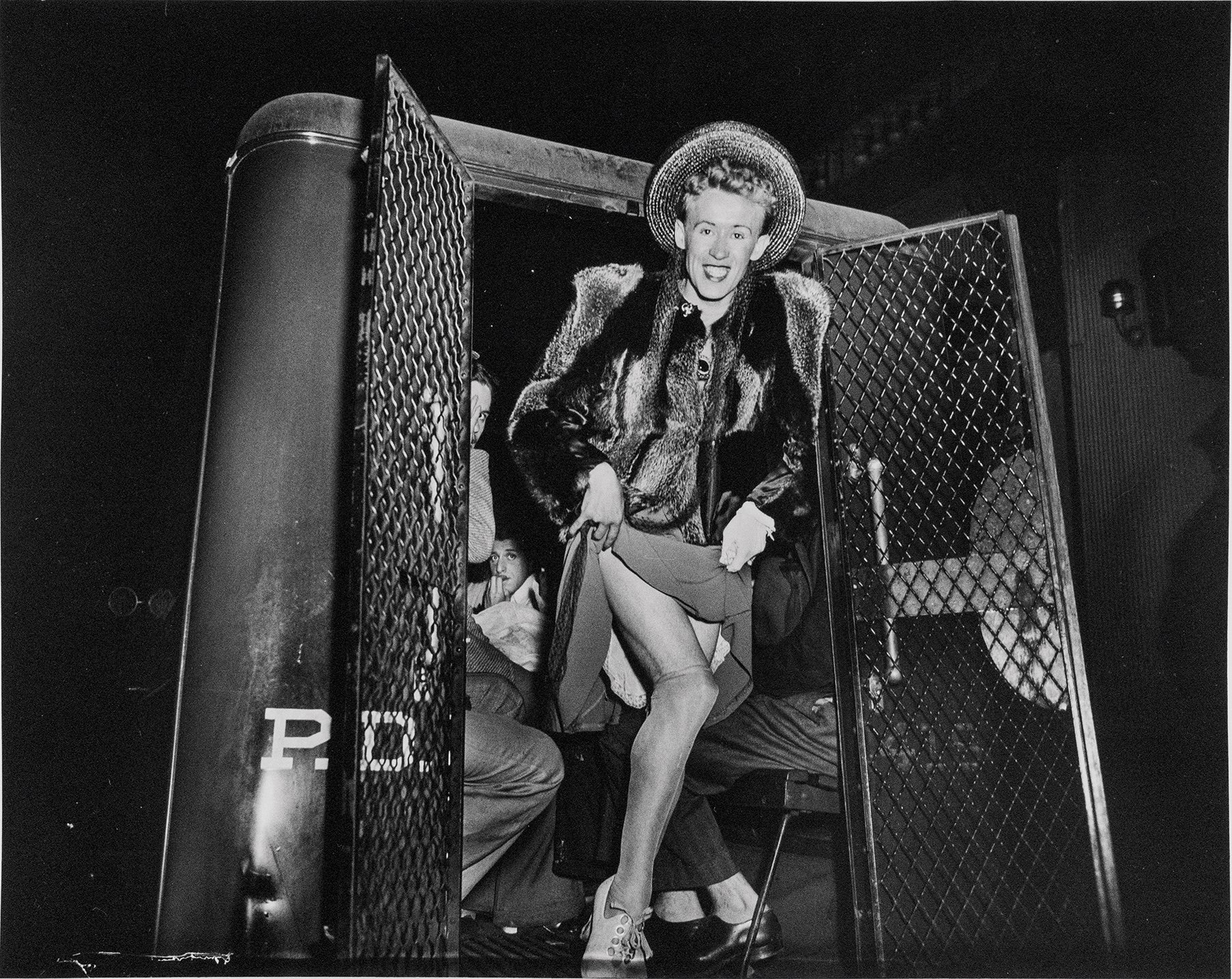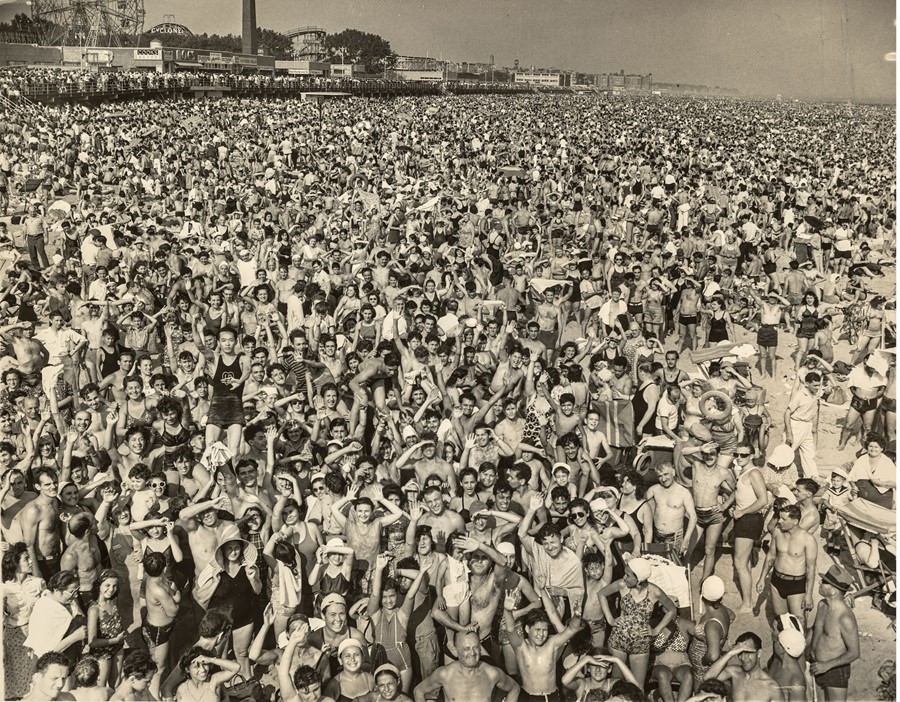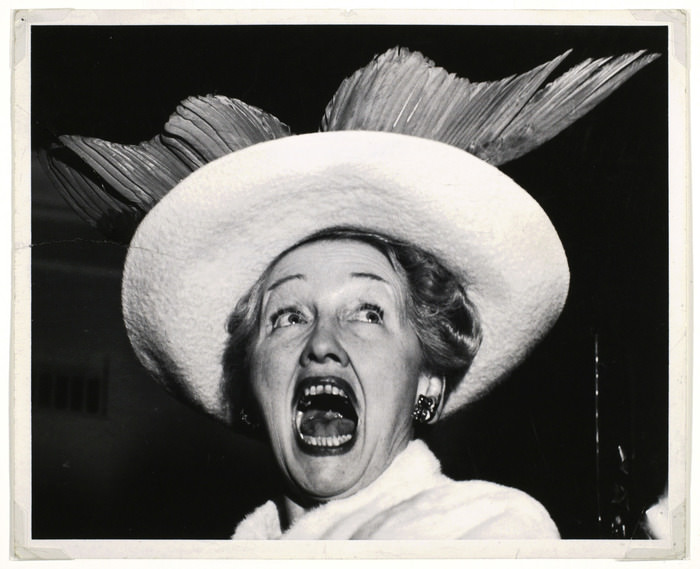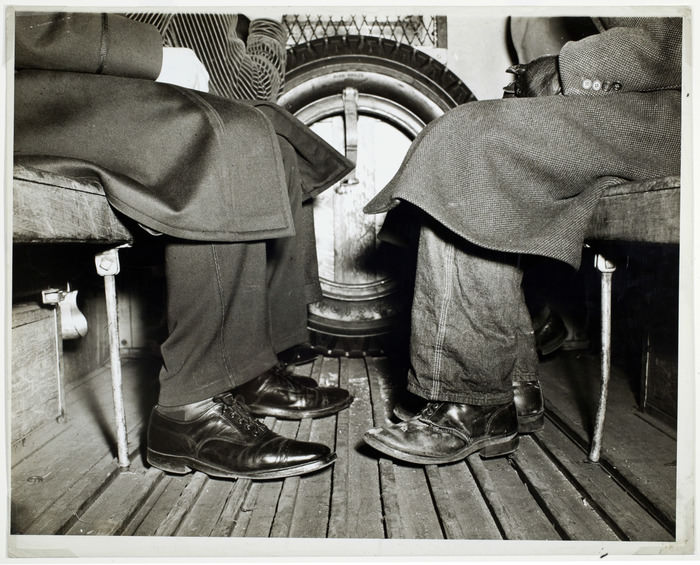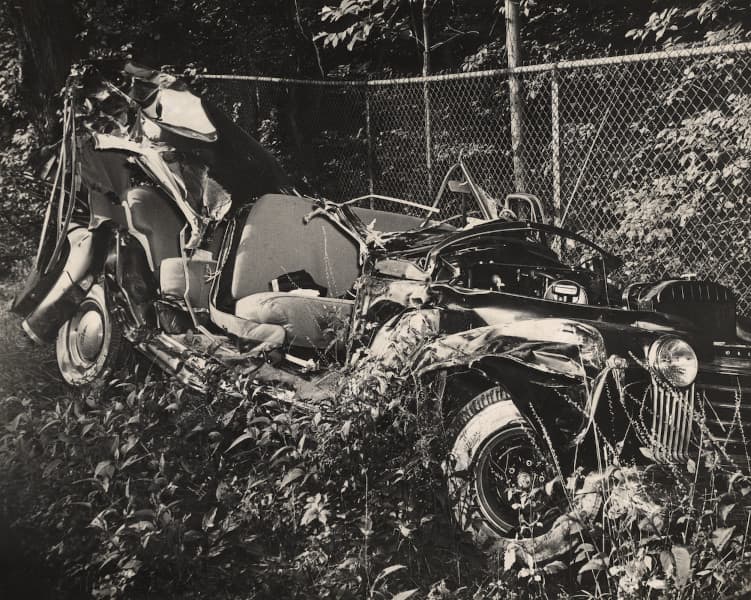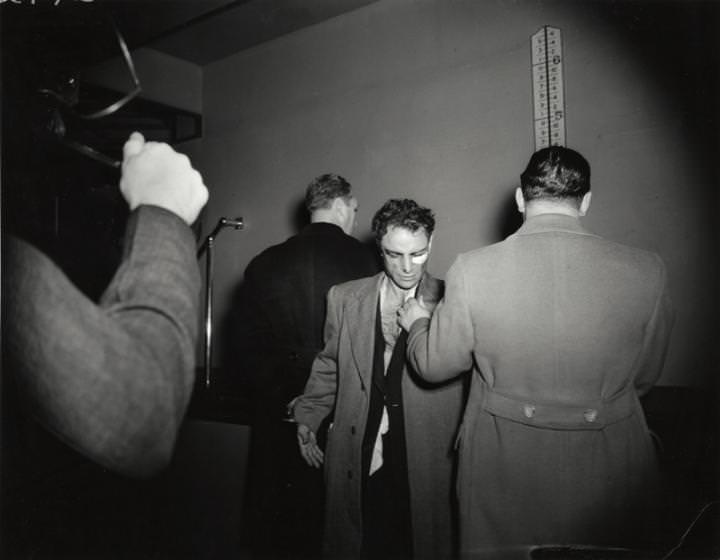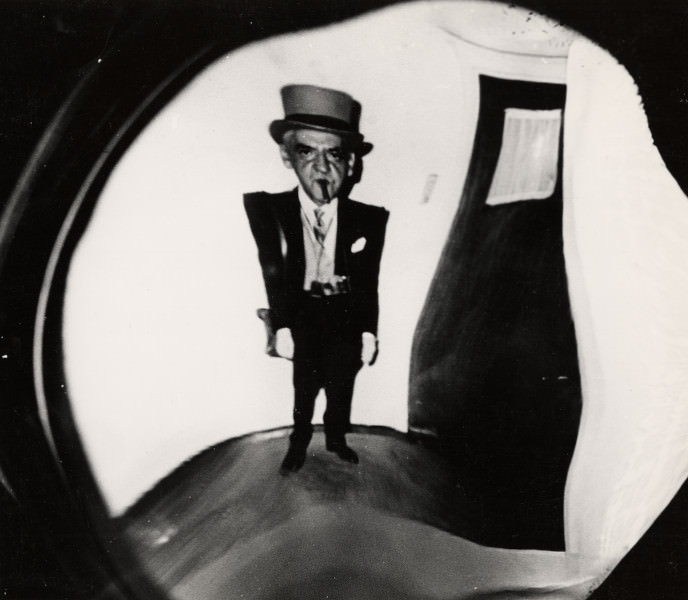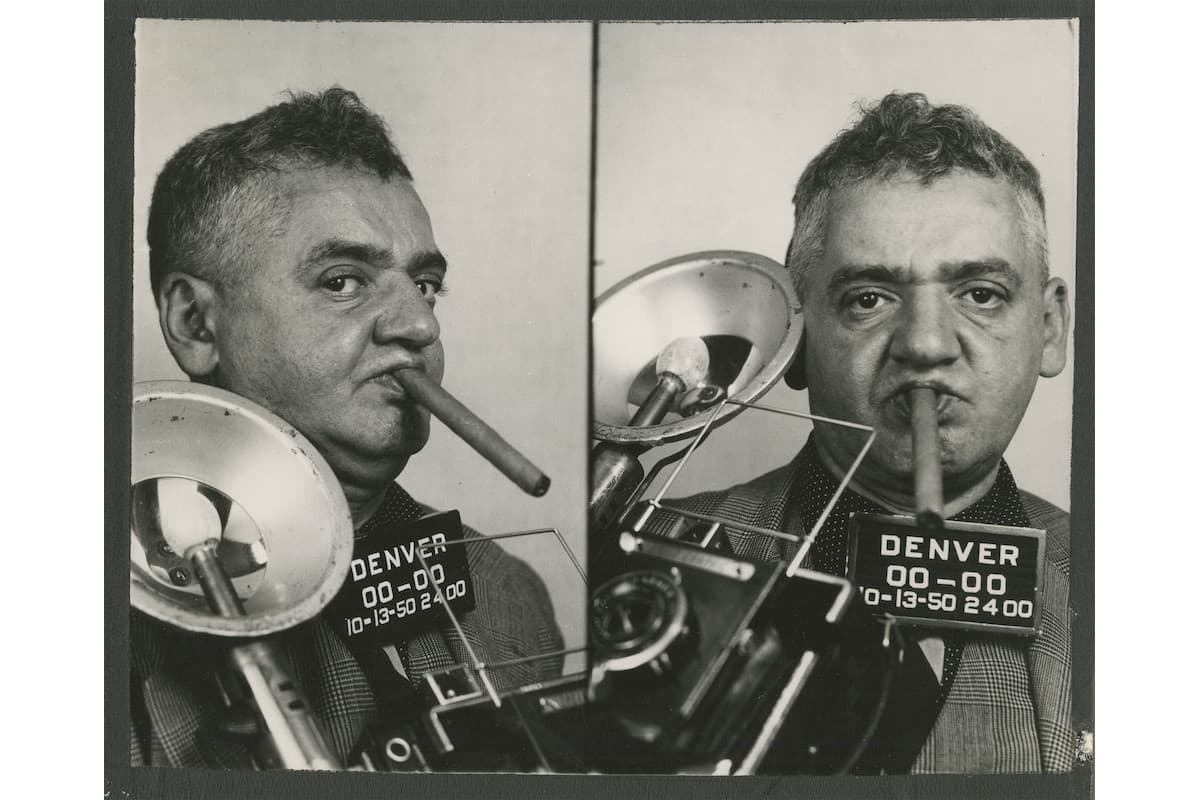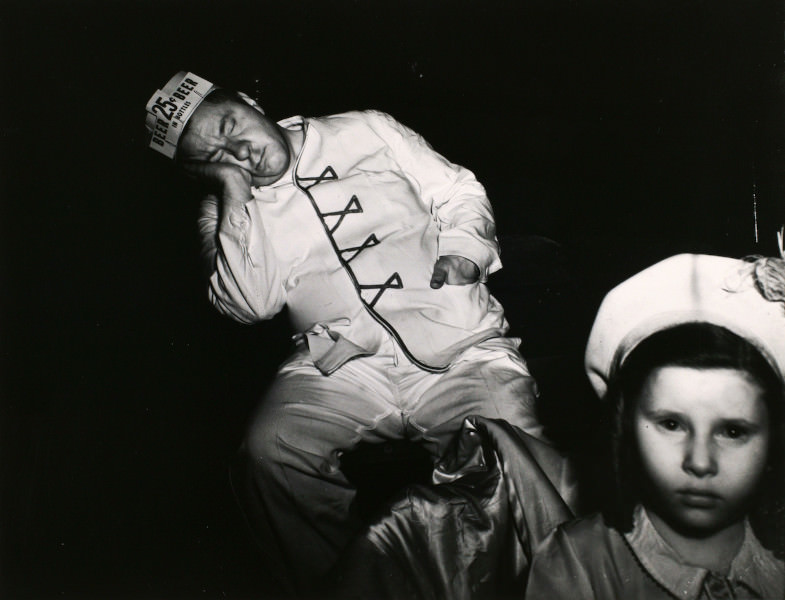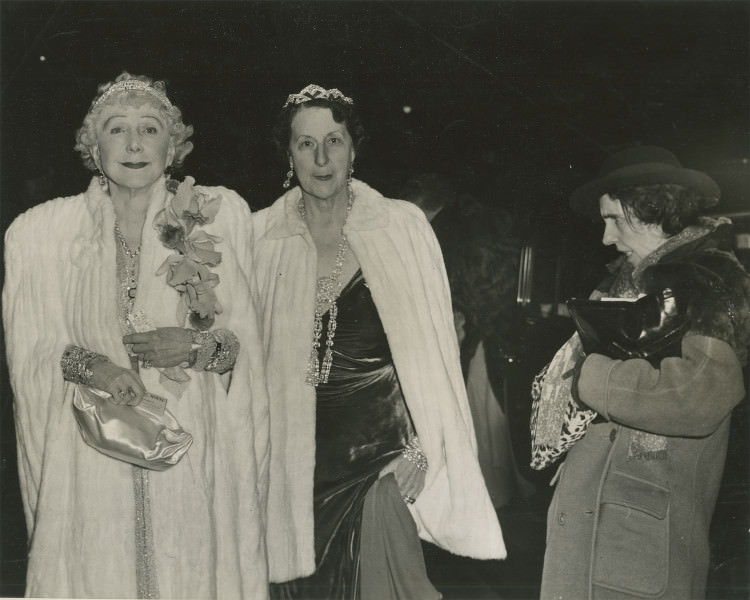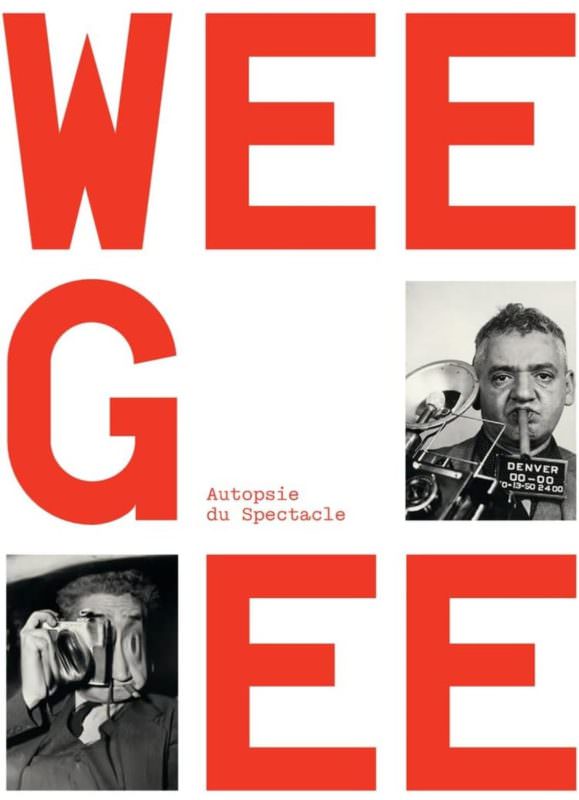Weegee: Autopsy of the Spectacle
Weegee’s career appears bifurcated, marked by a duality that encompasses both sensational and celebratory photography. The former comprises his provocative images, widely circulated in North American tabloids from 1935 to 1945, capturing scenes of gangster corpses, mangled bodies in accidents, ominous kingpins in prison wagons, and dilapidated slums ravaged by fire—a stark documentation of the underprivileged in New York. In contrast, the latter showcases festive moments—glamorous parties, entertaining performances, exuberant crowds, and premieres. Added to this mix are distorted portraits of public figures, created using a range of techniques between 1948 and 1951, persisting until the end of his life. The apparent dichotomy between these two phases has fueled critical discussions, with praise for the former and criticism for the latter. “Autopsy of the Spectacle”, the exhibition, aims to bridge this gap by demonstrating that, beyond formal disparities, Weegee’s approach remains critically coherent. The omnipresence of the spectacle is a unifying theme in Weegee’s work. In his early career, coinciding with the tabloid press rise, he actively contributed to turning news into spectacle. He often incorporated spectators or fellow photographers in the foreground, emphasizing this transformation. In the latter part of his career, Weegee satirized Hollywood spectacle, mocking its fleeting glory, adoring crowds, and social scenes. His photography, predating the Situationist International, presented a sharp critique of the Society of the Spectacle. “Autopsy of the Spectacle”, with a fresh perspective on Weegee’s body of work, juxtaposes his iconic images with lesser-known works, including those never exhibited in France. Clément Chéroux, the exhibition curator and Director of Fondation Henri Cartier-Bresson, guides the exploration of Weegee’s critical coherence. “The curious […], they’re always in a hurry […], but they still find the time to stop and look,” says Weegee. “Weegee is not the first nor the only person to have taken interest in people watching,” notes Chéroux. He highlights Weegee’s systematic approach in making spectators aware of their voyeuristic position, critiquing how American society transforms news into spectacle. The exhibition is complemented by a catalog in French published by Éditions Textuel.
About the Author
Weegee, born Usher Felig on June 12, 1899, to a Jewish family in Zolochiv, a small town in Galicia, part of the Austro-Hungarian Empire (now in Western Ukraine), underwent a significant transformation at Ellis Island immigration station, becoming Arthur Fellig. Growing up in the Lower East Side slums, he left school at 14 to support his family. After various jobs, he became a traveling photographer, working for Duckett & Adler and later the ACME Newspictures agency lab. By 1935, he was a self-employed photo-reporter, adopting the pseudonym Weegee in 1937 and dubbing himself “Weegee the Famous” in 1941. He spent a decade photographing crime, arrests, fires, and accidents, closely tied to the police and left-wing circles, especially the Photo League. In 1945, he published his acclaimed book, “Naked City.” In 1948, he moved to Hollywood, working in cinema as a technical advisor and occasionally as an actor. During this period, he documented the lavish party scene and developed unique photographic techniques for celebrity caricatures. Returning to New York in 1951, he departed from his previous practice. Until his death on December 26, 1968, Weegee leveraged his notoriety to publish books, tour, and promote his photo-caricatures in newspapers.
Weegee: Autopsy of the Spectacle
January 30 – May 19, 2024
Henri Cartier-Bresson Foundation – Paris- France

